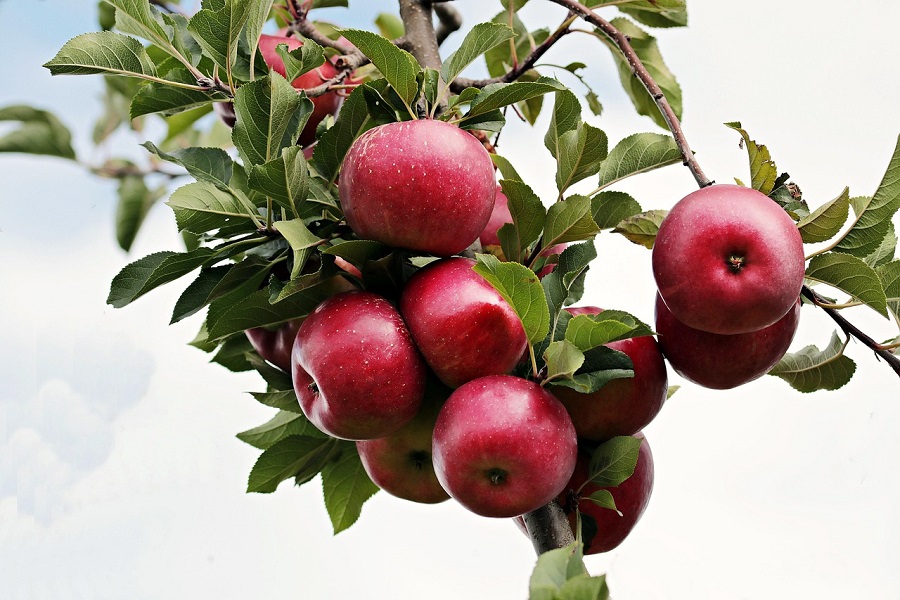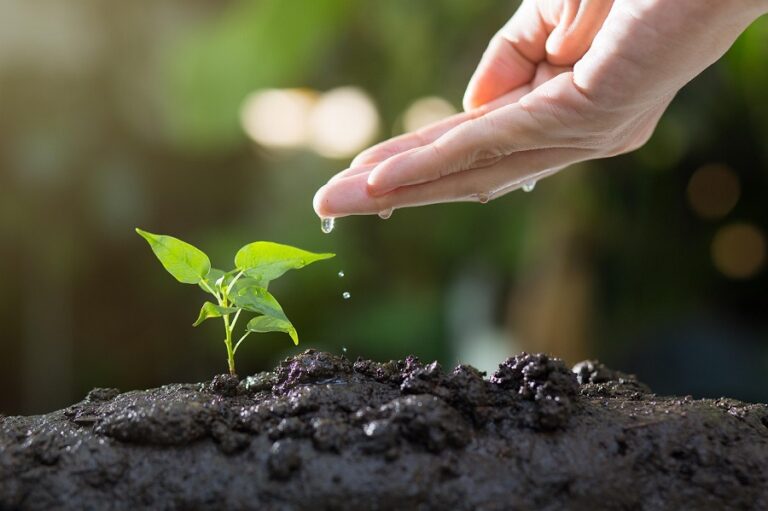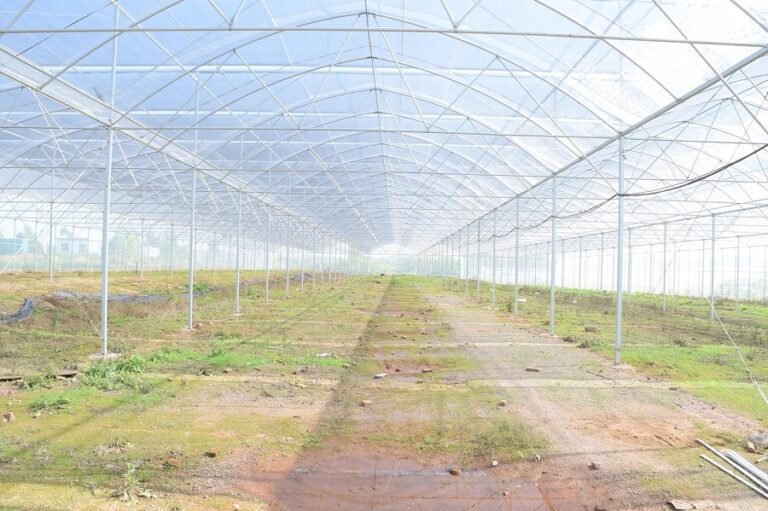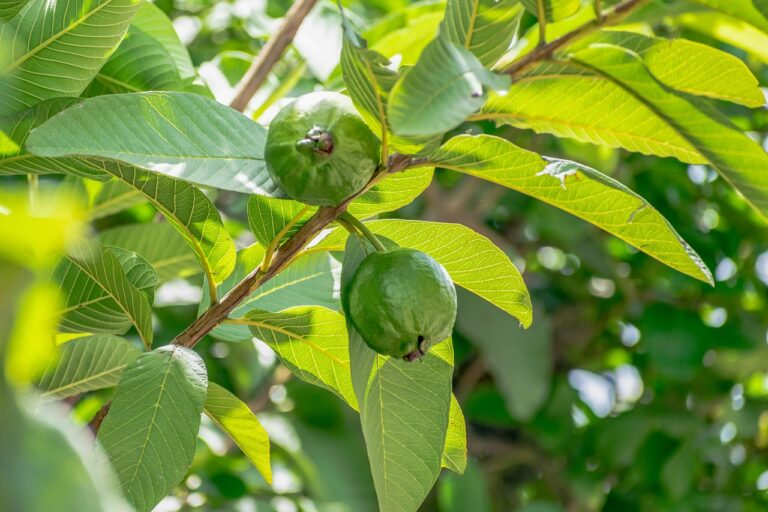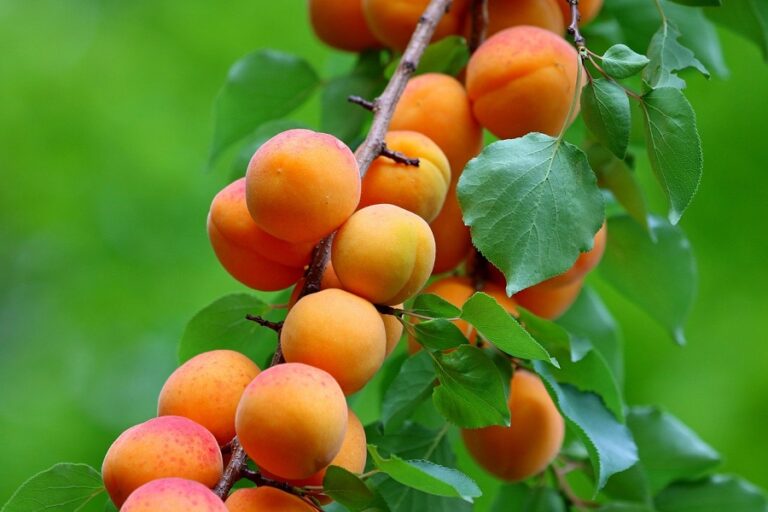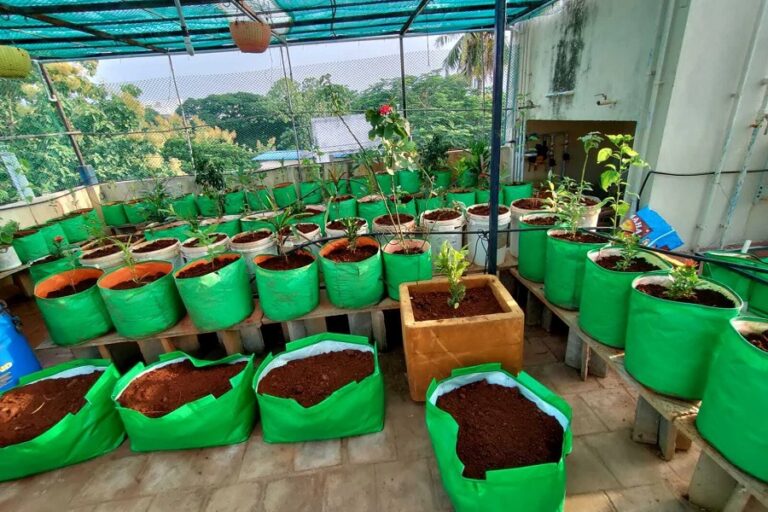Apple Farming Secrets: How Indian Farmers Can Grow & Profit Big
Apple (Malus domestica) is one of the most important and profitable temperate fruit crops of India. Known as the “King of Fruits” in hilly regions, apples are highly nutritious, rich in vitamins, minerals, and antioxidants. India is the fifth-largest producer of apples in the world, and states like Jammu & Kashmir, Himachal Pradesh, and Uttarakhand dominate its production. With proper orchard management, apple farming can generate high returns for farmers.
Importance of Apple Cultivation
- High market demand throughout the year
- Good scope for domestic consumption and export
- Value addition through juice, jam, jelly, and dried apple products
- Provides livelihood to farmers in hilly regions
Climatic Requirements
- Temperature: Apple requires a cold climate with chilling temperatures between 0–7°C for 800–1200 hours annually.
- Altitude: Best grown at elevations between 1500–2700 meters above sea level.
- Rainfall: Requires 100–125 cm of well-distributed rainfall annually.
- Frost: Sensitive to late spring frosts during flowering.
Soil Requirements
Apple thrives best in well-drained loamy soils rich in organic matter. Soil pH should be between 5.5 and 6.5. Avoid heavy clay soils and waterlogged areas.
Major Apple Growing States in India
- Jammu & Kashmir
- Himachal Pradesh
- Uttarakhand
- Arunachal Pradesh
- Nagaland
Popular Apple Varieties in India
- Red Delicious: Most widely grown, bright red fruits, crisp and sweet.
- Royal Delicious: High market demand, attractive red fruits.
- Golden Delicious: Yellow skin, juicy and sweet taste.
- Ambri: Traditional variety of Kashmir, aromatic and long shelf life.
- Granny Smith: Green skin, tart taste, used for processing.
- Honeycrisp: Crunchy and sweet, premium variety.
- Chaubattia Anupam: Hybrid variety developed in Uttarakhand.
- Fuji: Large, sweet, excellent for fresh consumption.
Propagation and Planting
- Propagation: Apples are propagated by grafting or budding on rootstocks such as MM-106 or M-9.
- Planting Season: December–February during dormant season.
- Spacing:
- Standard varieties: 6m × 6m
- High-density planting: 3m × 1m (using dwarf rootstocks)
- Pit Size: 1m × 1m × 1m filled with topsoil, FYM, and neem cake.
Irrigation Management
Young apple plants require irrigation at 7–10 day intervals during summer. Mature orchards need watering at critical stages such as flowering, fruit set, and fruit development. Drip irrigation is recommended for water efficiency.
Manure and Fertilizer Requirement (per tree per year)
- FYM: 40–50 kg
- Urea (N): 500–700 g
- DAP (P₂O₅): 350–400 g
- MOP (K₂O): 250–300 g
Fertilizers should be applied in December–January. Split nitrogen doses before flowering and after fruit set.
Pruning and Training
Apples are trained under the modified central leader system. Annual pruning is essential for removing diseased, dead, and overcrowded branches. Proper training ensures good sunlight penetration and high-quality fruits.
Flowering and Pollination
Apple trees flower during March–April in North India. Most varieties are cross-pollinated, so planting pollinizer varieties (like Golden Delicious) with bee hives in orchards enhances fruit set and yield.
Pest and Disease Management
- Apple Scab: Spray fungicides like Mancozeb or Captan.
- Powdery Mildew: Controlled by Sulphur dusting.
- Codling Moth: Use pheromone traps and proper spraying.
- Aphids and Mites: Spray neem oil or systemic insecticides.
Harvesting and Yield
Apple trees start bearing fruit in 5–7 years (standard planting) or 3–4 years (high-density planting). Fruits are harvested from August to October depending on the variety. Average yield is 8–10 tonnes per hectare in traditional orchards and up to 30–40 tonnes per hectare in high-density orchards.
Post-Harvest Management
- Grading: Apples are graded based on size and quality.
- Storage: Can be stored at 0–4°C for 4–6 months in cold storage.
- Processing: Used for juice, jam, jelly, cider, and dried apple slices.
Government Schemes and Support
- Mission for Integrated Development of Horticulture (MIDH): Subsidies for planting material, irrigation, and post-harvest units.
- National Horticulture Board (NHB): Financial support for cold storage and high-density plantations.
- State Horticulture Departments: Provide training and technical support to farmers.
Marketing Opportunities
Apple markets are well developed in India, especially in Delhi, Mumbai, Chandigarh, and Bengaluru. Export opportunities exist for premium quality apples to Gulf countries and Southeast Asia. Farmers can also sell through FPOs, cooperatives, and e-commerce platforms.
FAQs on Apple Cultivation
Q1. Which state is the largest producer of apples in India?
Jammu & Kashmir is the largest producer, followed by Himachal Pradesh.
Q2. How many years does it take for apple trees to bear fruit?
Standard orchards take 5–7 years, while high-density orchards start fruiting in 3–4 years.
Q3. Which apple variety is best for commercial cultivation?
Red Delicious and Royal Delicious are most popular, but high-density Fuji and Gala varieties are also profitable.
Q4. Is apple farming profitable in India?
Yes, with scientific management, high-density planting, and value addition, apple farming is highly profitable.
Apple cultivation in India offers a sustainable and profitable farming opportunity for farmers in temperate regions. With the adoption of improved varieties, high-density planting, and modern orchard management practices, apple farming can ensure high yields and better income. Rising demand in domestic and international markets makes apple a future-ready fruit crop for Indian farmers.
